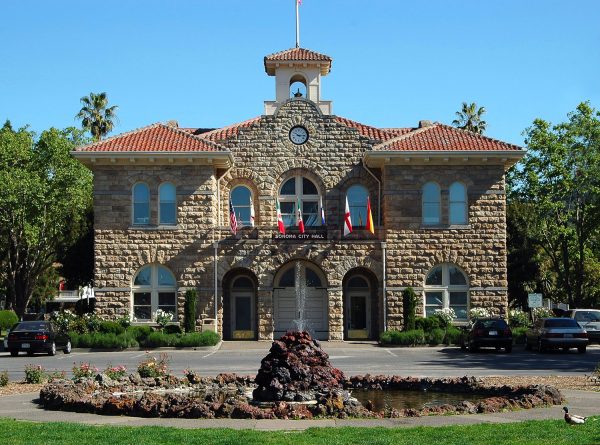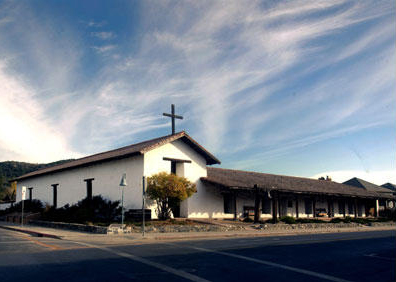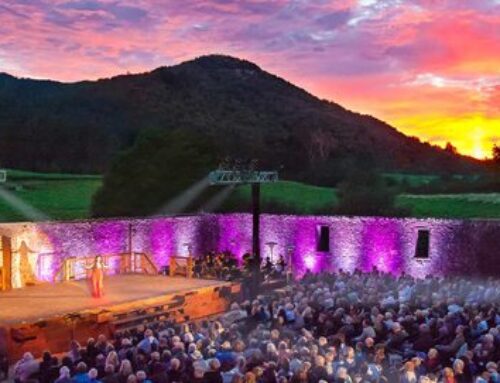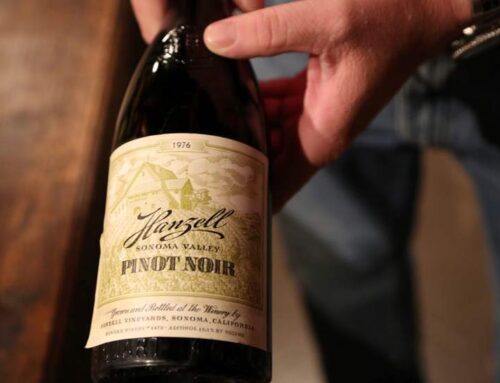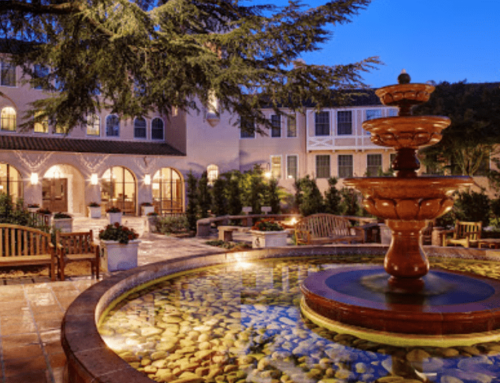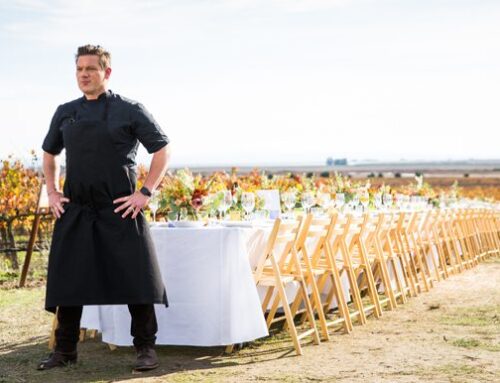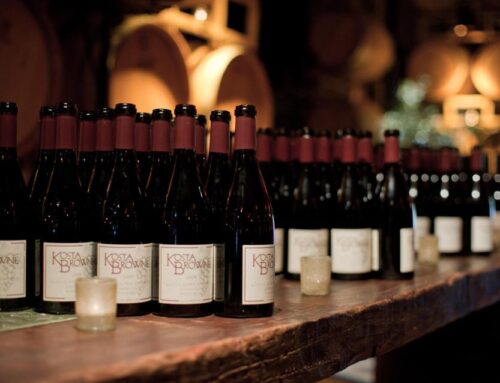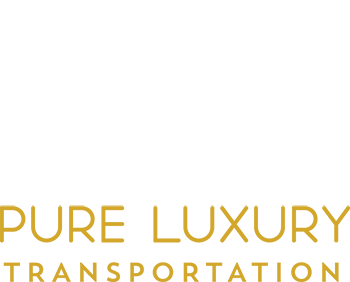Back in the mid-1800s, much of what is now Sonoma County was run as ranchos owned by colonial Mexico. When the U.S. government stepped in circa 1846, it claimed the territory, and significantly, the burgeoning little town of Sonoma.
It’s remarkable to realize that much of Sonoma’s roots remain, preserved at the Sonoma State Historic Park, in clutches of multiple buildings and locations centered around and near Sonoma Plaza.
As the largest plaza of its kind in California, Sonoma Plaza is now best known for its charming shops, wine tasting rooms and popular restaurants. But it’s easy to explore how centuries ago, it was the northernmost Franciscan Mission in California and birthplace of the California State Bear Flag. Map out your trip into the past with visits to the Mission, the Blue Wing Inn, Sonoma Barracks, the Toscano Hotel, the Servants Quarters (the remains of La Casa Grande), and Vallejo’s Home.
Mission San Francisco Solano
Founded on July 4, 1823, the graceful white stucco and red tile structure mission now operates as a museum and art gallery, featuring cutouts of the building’s unique construction of adobe bricks, adobe mortar, and mud plaster coated with lime plaster, and decorated with Jorgensen watercolors of Missions of California. But as the 21st and northernmost mission on California’s mission trail, it was originally important as a parish and church plus a 27-room living quarters used by the mission padres and young Indian converts. You can admire an 1840 weekly Devotional prayer booklet, a 766 anvil that was used for pounding out metal trim, and an antique wafer iron for making Communion wafers. Docent-guided tours are available.
114 East Spain Street, Sonoma, 707-938-9560.
Sonoma Barracks
The two-story, wide-balconied, adobe building built by Lieutenant Colonel Mariano Guadalupe Vallejo (Comandante-General of the Northern Alta California’s frontier forces and founder of the town of Sonoma) to house Mexican soldiers. After the U.S. seized the area, the barracks served as a military post, home for United States soldiers, sailors, and militiamen. In 1860, Vallejo remodeled the building into a winery; in later years other owners used it as a store, law office, and private residence. Today the building depicts the life of the soldiers and displays an extensive collection of post-mission era items, including a well-preserved cannon and the original Bear flag.
20 E. Spain St., East, Sonoma, 707-938-9560.
General Vallejo’s Home
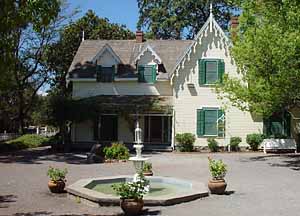
3rd Street West and West Spain Street, Sonoma, 707-938-9559.
La Casa Grande
This 1836 adobe building on the west side of the plaza once housed Captain Salvador Vallejo, brother of General Mariano G. Vallejo. Built as one of the most important mansions in the area, it was the center of social and political life north of San Francisco Bay, as visitors streamed in to see various city leaders of the Bear Flag revolt. From 1858 to 1864 it was home to Cumberland College, a Presbyterian co-educational boarding school. Eventually it became a retail store, then a city council chamber, and finally a girls’ school. The main wing of the house was destroyed by fire on Feb. 12, 1867, leaving only the low two-story servants’ wing on Spain Street, which still stands today as small retail space.
La Casa Grande, 20 E. Spain St., Sonoma, 707-939-8300.
